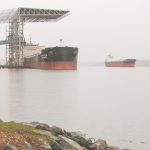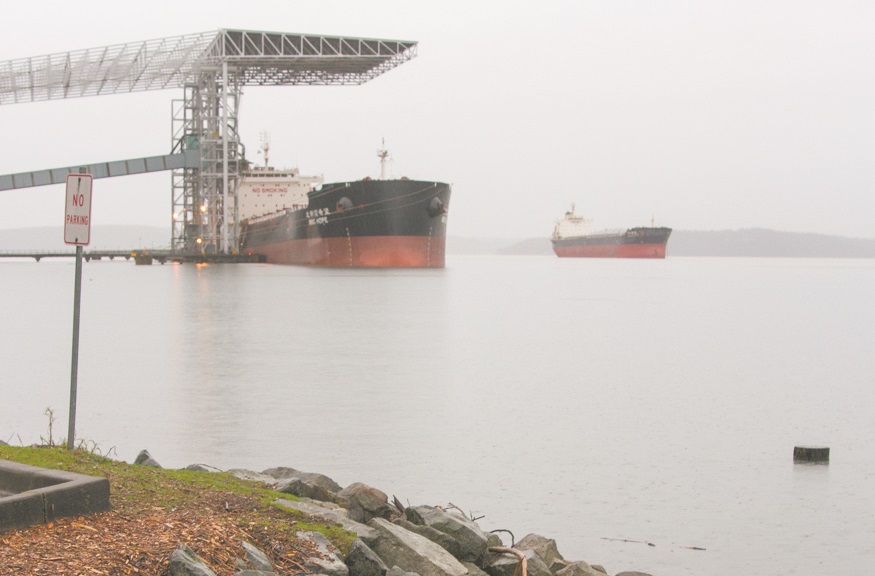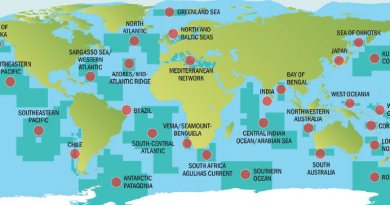Shellfish Bed Closures are Bad for Tacoma Water
The Center for Urban Waters and Research Center—a science lab associated with the UWT science department—has found sucralose (Splenda) in Tacoma’s water supply, directly linked to human contamination.
As reported by The News Tribune, this “splenda-like” chemical can be detected throughout the city’s water supply at relatively low levels. “Our focus is not on the Sucralose,” says Center for Urban Waters Director, Joel Baker. “It’s not a dangerous chemical, it’s actually pretty safe.”
The lab has established a wide variety of tests that they can administer to identify traces of contaminants in Pierce County’s water supply.
“My research broadly defines chemicals and man-made chemicals in water all over the place,” says Baker. “One of our goals is to document the concentration of pollution levels in the water, and more interestingly use those chemicals as a tracer of the different sources of pollution.”
Baker says that Urban Waters’ new testing system is extremely sensitive and can track the most minimal sources of pollution.
“The more data you have, the more complete the example is, it’s like a fingerprint,” says Baker. “Most of the stuff [chemicals] we find is not high enough to be worried about, but the ability to be able to see at such a small level is great.”
Concerns throughout the Center for Urban Waters is beginning to grow regarding the effects (even if minimal) of pollution in shellfish beds across the nation, particularly here in the Pacific Northwest. “We’ve been asked to look more into shellfish beds [for contamination],” says Baker.
Shellfish are filter feeders—meaning they strain suspended matter and food particles from the water—which makes potential contamination all the more serious. “Any kind of human or animal waste gets filtered by the shellfish, and when humans consume it, they get sick,” says Baker.
Both humans and animals carry E. Coli in their feces. When a bed is filled with contaminated animals, the state is forced to shut the site down until it is clean.
The threat of E. Coli can turn potential customers away, even if the batch of shellfish is good.
Take Chipotle, the Mexican Burrito chain, as an example. In 2015 a select amount of their food products (mainly vegetables) were contaminated with E. Coli, leading to over 50 reported cases and 20 hospitalizations spanning across nine states (Washington, Oregon, California, Minnesota, Illinois, Ohio, Maryland, Pennsylvania, and New York).
“When we have a shellfish bed closure—which has a pretty big economic impact—it has tribal implications. The tribes have fishing rights, and if they can’t fish because the beds are closed, it’s not good,” says Baker.
According to the Washington State Department of Agriculture, Washington is second in the nation in exportation of seafood. In 2014, China banned shellfish (geoduck in particular) exports from Washington due to contamination. According to a 2014 article in Food and Safety News, “China is the number one importer of geoduck in the world.” Nearly 90% of the United States’ $68 million dollar—most of which came from Washington—worth of geoduck clams last year were exported to China, where they sell for $100-$150 a pound.
What is directly causing the contamination can be attributed to number of different situations. Leaking septic tanks, sewage plants and their inability to completely filter out hazardous material, and most of all, human and animal waste.
However, what concerns UWT scientists in the Center for Urban Waters is the lack of knowledge of what exactly is causing the contamination.
“It is a really practical issue of what’s causing it,” says Baker. “The E. Coli is not that specific—yours, mine, a bird’s—they all look the same to a microbiologist. There isn’t a distinct signature of the bacteria in the pathogene.”
“In order to fix the problem I think people need to realize that what they buy… will somehow end up in our [Tacoma’s] water.” When it comes to this particular instance of contamination, it is the little things that matter the most.







